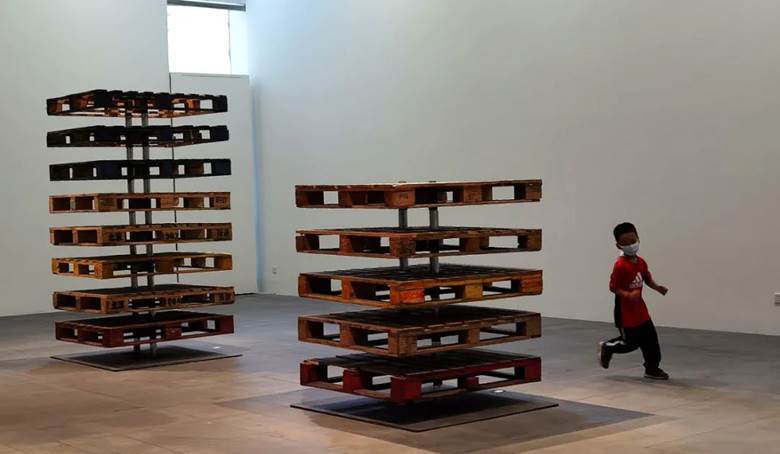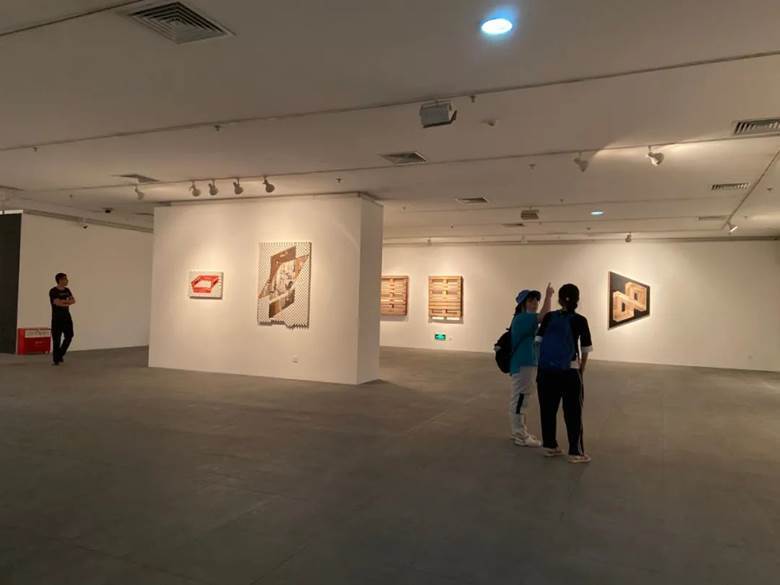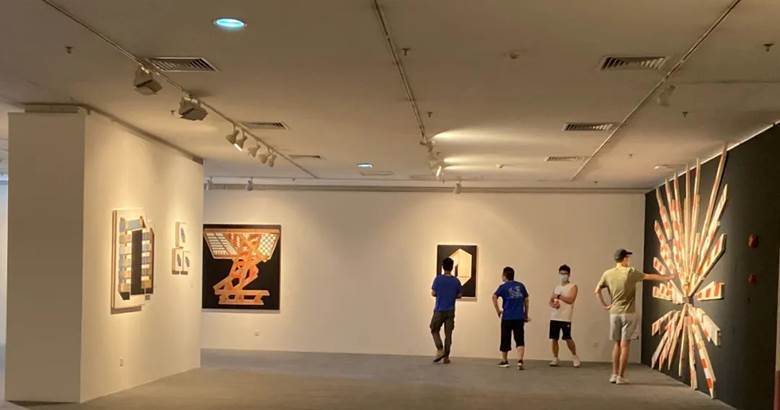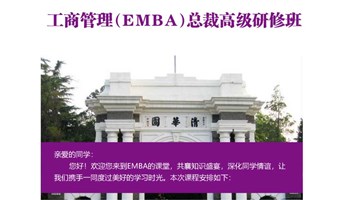

美术馆课堂|艺术家何岸带你看“万物与虚无——迈克尔·查莱赫斯基个展”
收起
活动内容收起
美术馆课堂|艺术家何岸带你看“万物与虚无——迈克尔·查莱赫斯基个展”
“万物与虚无——迈克尔·查莱赫斯基个展”于2020年9月6日开幕,本次展览是大学城美术馆自疫情以及空间改造以来的首场展览。展览以一件大型装置以及19件墙上装置为我们展现迈克尔·查莱赫斯基在现成品艺术创作中的探索追求,展览详情请点击:(链接)。展览期间,广州美术学院大学城美术馆将邀请艺术家何岸为大家做线上线下的专业导览。



时 间:2020年9月23日下午2:00
地 点:广州美术学院大学城美术馆(入口集中)
导览嘉宾:何岸
现场名额:30名
线上直播:

何岸,职业艺术家。创作涵盖了多种形式,时常结合工业材料营造富有感官叙事的装置现场。他曾在世界各地举办过个展,包括:澳大利亚当代艺 术中心(2017)、尤伦斯当代艺术中心(2009)、Daniel Templon 画廊(2011、2014)、当代唐人艺术中心(2015, 2011)、没顶画廊(2014、2017)、HdM 画廊 (2015、2019);也曾参加过许多重要的国际群展,如:艺术长沙(2019),波普之 上(余德耀美术馆,上海,中国,2016),后波普:东方遇见西方(萨奇美术馆,伦敦,英国,2014),卡内基国际艺术展(卡内基美术馆,匹兹堡,美国,2013),约会2008(里昂当代艺术馆,里昂,法国,2008),真实的东西:来自中国的当代艺术(泰特美术馆)。
活动免费,扫码报名,名额先到先得。请扫描下方二维码报名。

为切实做好疫情防控工作,请进馆前出示二代身份证、事实”穗康码“、”粤康码“、报名凭证,并经体温检测。
入馆需全程佩戴口罩。
请勿在馆内饮食。
三脚架自拍杆请自觉存放在前台或自助存包柜里。
家长请看护好小朋友,不在馆内奔跑打闹。
万物与虚无
迈克尔·查莱赫斯基在当代唐人艺术中心最新的个展名为“万物与虚无”。在他的语境环境中,“万物”的概念有西方博物志的意思,“虚无”却带有很典型的东方哲思意味;迈克尔·查莱赫斯基利用大量的废物木料去制作他的艺术作品,艺术家也曾不止一次的阐述自己的作品来源于中国的《易经》。在没有看到作品以前,我以为他会采用典型的西方对东方异国情调化的思维,但在作品挂起来后,却惊讶地发现他使用了《易经》中的卦象来制作作品。查莱赫斯基直接挪用易经中的符号作为材料,其对“拾得物”的再解构和重构让画面充满了矛盾空间的拓扑学意义。在这样的反复回溯和咬合中,他将西方的结构性和东方道家神秘学的核心意义并置。道家中的“朝往虑又复”,在查莱赫斯基的大环形等一系列作品中得到呈现。展览现场像数列矩阵一样排列的木箱框架,既具有西方发电站的能量意义,又带有东方易经的序列排布——就像在履行一场对人类自身DNA的归纳。
在他最新的创作中,艺术家将中国的易经符号带回到其图像意义上,而作品的名字都直接采用了卦象的名字。查莱赫斯基精心选取了道家有着吉祥意义的卦象,比如“雷地豫”、“坤为地”、“火地晋”,同时将他惯用的运输木板条重新组合成这些形状。“木”是道家阐述其理论思想所使用的一个典型材料。道家思想里,万物是水、火五行元素的流转,火焰生生不息需要木来生扶,而木的生长又预示了水的潜在存在,水即是生命的源代码。画面上的方形拓扑循环结构,被镶嵌在黑白哑光塑机板上,展现一种东方内观的意义。在此,查莱赫斯基对《易经》中的符号的处理,直接参考了计算机代码,这些矛盾空间之间相互的连接又让人联想到人体的胸腔和肋骨——艺术家努力将西方空间的装饰风格与东方思维背后的生活符号之意义相融合。西方对生物材料的无动于衷与东方的生命符码的具体结合,是这些作品中的一个令人困扰的问题。查莱赫斯基非常强调纵深感在其画面的平面结构中引发的视觉错位,这种错位使得他收集的木料的原始所指来推进作品的社会意义。在这些作品中,道家的阴与阳变成了凸、凹空间的视觉指向。黑色使图和基底形成互转,阴的视觉纵深构成了阳的基础,让阳的部分有了视觉悬浮感,从而激活了画面空间。在查莱赫斯基的作品中,对西方结构性的肯定与从《易经》中提取的东方元素相互渗透。他并非是把东方元素作为一个异域符号;相反他将矛盾空间的结构性纠葛以更积极的语言注入其中。查莱赫斯基用一种相当独特的方式,将易经符号注入到结晶化、符号化的构成生命体的DNA链中——这就是他的元叙事方法。在这样的元叙事中,艺术家试图在两个纠缠不清的东西方文本之间,分享另一个能指的场域——即对生命物质的组合方式以及组合意义的探寻这一过程本身的意义。
查莱赫斯基早期的拾得物被用在那些网状结构中,构成了对制度的指涉。这就进一步演变成他现在的作品,在这些作品中,对东方易经思想和符号的挪用已经回到一种彻底的精神和形而上的修辞叙事理想。东方和西方元素同时在查莱赫斯基的作品中的涌动。为了唤起道家的山林气质,查莱赫斯基通过对木质托盘进行收集和组装,从而尝试参与到这种东方山林的意识,而西方则更侧重结构性的美学理念——这或许可追溯至古希腊几何学的符号体系——但它也是艺术在当代对政治发声的一个常见方式。查莱赫斯基利用木板上残留的文字揭示了它们初始语境,进一步将它们强行拆解与转换成一种东方的符码元素。这些作品的结构特点根植于西方的几何路径,所有的“拾得物”都被置换成对生命符码的追索。材料上的残留符号的政治含义被抽象为东西方结合起来的理论空间。社会性的符号残留则提示了转换性语言的东方性,在其作品的思考轨迹中的价值和意义。虚无的可能性是宇宙爆炸的产物,生命则是这个陈列中的一个元素。具体而言,《女武神的飞行》就是这些思考的产物,西方的神话就像宇宙射线制造的视觉错位遭遇到东方的感性,作品却依然是二维化的。视觉错位的纵深感让观者因失去具体方向而产生幻觉。在查莱赫斯基的《真实物品》中,艺术家将一个由四块涂有可口可乐标志的木板组成的长方形框架,放置在灰色格子的底纹上,从而暗示了一种电脑渲染的效果。其中一块竖向的木板被沿着平行线的方向移动,这样的位移又暗示了矩形以外的多重空间的错位。灰色的格子图案产生了一种数列等式的悬置错觉。在这个典型的拓扑环上,有一个抽屉把手的黑色坑洞,再次提醒观者这是一场关于东方的阴阳空间的探索。查莱赫斯基试图用他的西方美学来解读东方道家的空间虚无性。
何 岸
Michael Zelehoski’s most recent solo show at Tang Contemporary Art was called “All of This and Nothing.” In his context, “all of this” is something like a Western compendium of natural sciences, and “nothing” has very typical Eastern philosophical implications; Zelehoski uses large quantities of discarded wood to produce his works of art, and he has described his work as stemming from the I-Ching on more than one occasion. Before I had seen the works, I thought he was engaging in typical Western exoticization of the East, but after the works were hung, I was surprised to see that he used trigrams from the I-Ching to make his work. He has directly appropriated symbols from the I-Ching as materials, and his deconstruction and reconstruction of found objects imbue the works with the topological meanings of conflicting spaces. In these repeated recollections and engagements, he juxtaposes key ideas from Western structures and Daoist mysticism. The cyclical, contemplative nature of Daoism is presented in Zelehoski’s large rings and other works, and the wooden pallets arranged like matrices in the center of the exhibition have the energy of Western power stations and the sequenced arrangements of the Eastern hexagrams—the piece seems to act as a summary of the DNA inherent in human life. In his most recent work, Zelehoski brings symbols from the I-Ching back to their pictorial significance, and the names of his works draw directly from the names of the hexagrams. He has carefully selected those with auspicious Daoist meaning, such as “Providing-for,” “Field,” and “Prospering,” and recombined his customary sections of wooden pallets into those shapes in his work. Wood is a material that Daoists typically use in explaining their theories and ideas. In Daoist thought, all things are flows of water, fire, and the other elements. Fire requires wood to proliferate, and the growth of wood suggests the hidden presence of water, which is the source code for life. The rectangular topologies and recurring structures are inlaid into black matte pressed plastic sheet, signifying an Eastern meditative practice. Here, Zelehoski’s treatment of the symbols from the I-Ching directly references computer code, and the connections between these conflicting spaces are also reminiscent of a person’s torso and ribs—he works to fuse the meaning of the living symbols behind the decorative styles of Western space and Eastern thought. The specific combination of the West’s indifference to biological material and the East’s symbols of life is a perplexing issue in these works. Zelehoski very much emphasizes the visual dislocation that depth causes in his two-dimensional structures, and this dislocation brings to the fore the social meanings derived from the original uses of the wood he has collected. In the works, the Daoist ideas of yin and yang become visual references for the convex and concave spaces. The black flips the image and ground, and the visual depth of the yin is the foundation of yang, which gives the yang element a sense of visual suspension and activates the pictorial space. In Zelehoski’s work, the affirmation of Western structure is infused into Eastern elements from the I-Ching. He does not take these Eastern elements as exotic symbols; instead, he imbues the structural entanglements of conflicting spaces with more positive language. He has a comparatively unique method, imbuing the symbols of the I-Ching with the crystallized, signified DNA chain structures that make up life—this is his meta-narrative method. In this meta-narrative, Zelehoski attempts to share another realm of meaning between two entangled Eastern and Western texts—the significance of the process of exploring the methods and meanings of the combination of living materials. His early found objects, used in net-like structures, are references to institutions. This has evolved into his current works, in which the appropriation of the ideas and symbols of the I-Ching has returned to a thoroughly spiritual and metaphysical ideal of meta-narrative. Both Eastern and Western elements surge through Zelehoski’s work. The Daoists evoked mountain forests, and through the collection and assembly of wooden pallets, Zelehoski attempts to engage with this sense of Eastern mountain forests, while the West places more emphasis on the aesthetic ideas of structure—which may have come from ancient Greek geometry’s system of symbols—but this is also a common way for art to speak to politics in the contemporary moment. Zelehoski reveals the original contexts of the wooden planks through the words remaining on them, then he forcibly deconstructs and transforms the wood into Eastern symbolic elements. The structural characteristics are rooted in Western geometry, and all of the found objects have displaced an exploration of living symbols. The political meanings of the symbols remaining on the materials are abstracted into a theoretical space that combines Eastern and Western. Society’s symbolic remnants hint at the value and meaning of the Eastern-ness of the transformational language in the intellectual trajectories of the works. The possibilities of nothing are the products of the Big Bang, and life is one element in that array. Specifically, Ride of the Valkyries is a product of these ideas, and Western myths, like the visual dislocations of cosmic rays, gain an Eastern sensibility, but the work is still two-dimensional. The depth of the visual dislocation can produce hallucinations in the viewer due to the loss of concrete direction. In Real Thing, Zelehoski places a rectangular frame comprised of four pieces of wood painted with the Coca-Cola logo against the grey checked background pattern from a computer rendering. One of the vertical pieces of wood is moved along a parallel plane, and this movement suggests the dislocation of multiple spaces outside of the rectangle. The grey checked pattern produces a sequential, suspended illusion. On that typical topological ring, there is a black hole for a drawer handle that once again reminds the viewer of an Eastern spatial exploration of yin and yang. Zelehoski’s Western aesthetic attempts to decipher the spatial emptiness of the Eastern Daoists. Returning to the artist’s original intention, this mode of forcible entanglement puts forward the West’s transformational idea of natural sciences in a contemporary Western political context; this transformation makes the works clearer and more powerful. The space of the works has a sense of Eastern mysticism, the core of which is a search for the living symbols of humanity. In the West, this abstraction has always carried hints of the DNA structures in people’s bodies and bones. If we return to the artist’s thinking, it also reflects the evolutionary history of the Eastern lifecycle. He An


广州美术学院大学城美术馆































